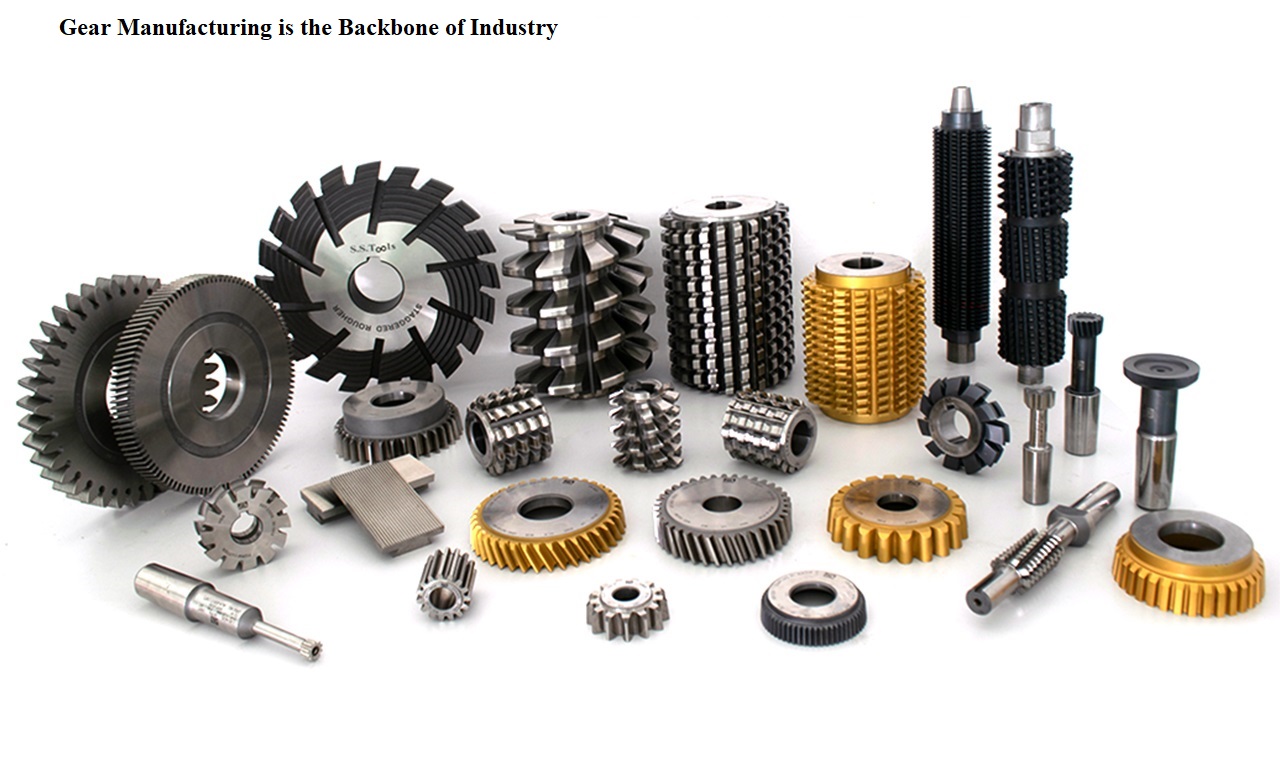As most people already are aware, there are usually two types of companies and businesses — one that provides services and one that provides goods or products. And while their service-providing companies have their own value, product manufacturing companies are the ones that run the whole market, sometimes their supplies determine the whole rise and fall of the market.
With such an important role, all manufacturing companies need heavy machinery for the mass production of their goods and products — from the building of cars to the packaging of eggs, everything is done by these heavy pieces of machinery that run the majority of the industry, at this point. And the one that runs these heavy and extremely important machines is its internal mechanism, especially its gears that help in the basic movement. Without it, the heavy pieces of machinery would completely stop working.
What is gear?
In a nutshell, a gear is a mechanical part that looks like a circular rotating disk with shaped teeth that helps it act as a rotating part to facilitate movement in the whole machinery.
A gear usually acts as a medium to transfer energy and momentum from one part to the other, smoothing out the transfer to waste as less energy as possible. Its teeth hold onto the motor while rotating at a high speed to transfer the energy to the other parts of the machinery for it to work smoothly, making it a vital part of any machinery.
And since gears are a very common sight in almost any major machinery, one can even say that gear manufacturing is the backbone of industry — its contribution no less than the machinery and their involvement in the production of goods since gear cutting tools help run the pieces of the machinery itself.
Working of the gears
A machine may have more than one gears in its system — from different sizes to even opposite directions, every piece of gear may work with its little unique purpose while also helping increase the speed of the whole machinery.
Usually, gears are used to transfer energy smoothly where it is needed; however, they can also help increase the speed and energy production of the machinery by increasing the speed of other attached gears — especially the smaller ones with more teeth. It makes the machinery run faster and smoother.
It also increases the force produced by the machinery simultaneously to the production of the energy, making its usage quite sound in heavy pieces of machinery where force and power are required frequently to run and make the goods. Gears can also be used to change directions or even break the flow of the speed, making them one of the vital parts in a brake of any transportation or machinery.
Conclusion
In the end, gears are a part so common in machinery that finding a machine without them is quite rare. Its usage is so wide that even those not aware of its name may know how it looks — thus, proving how much important it is as the backbone of the whole industry and market as it is.

